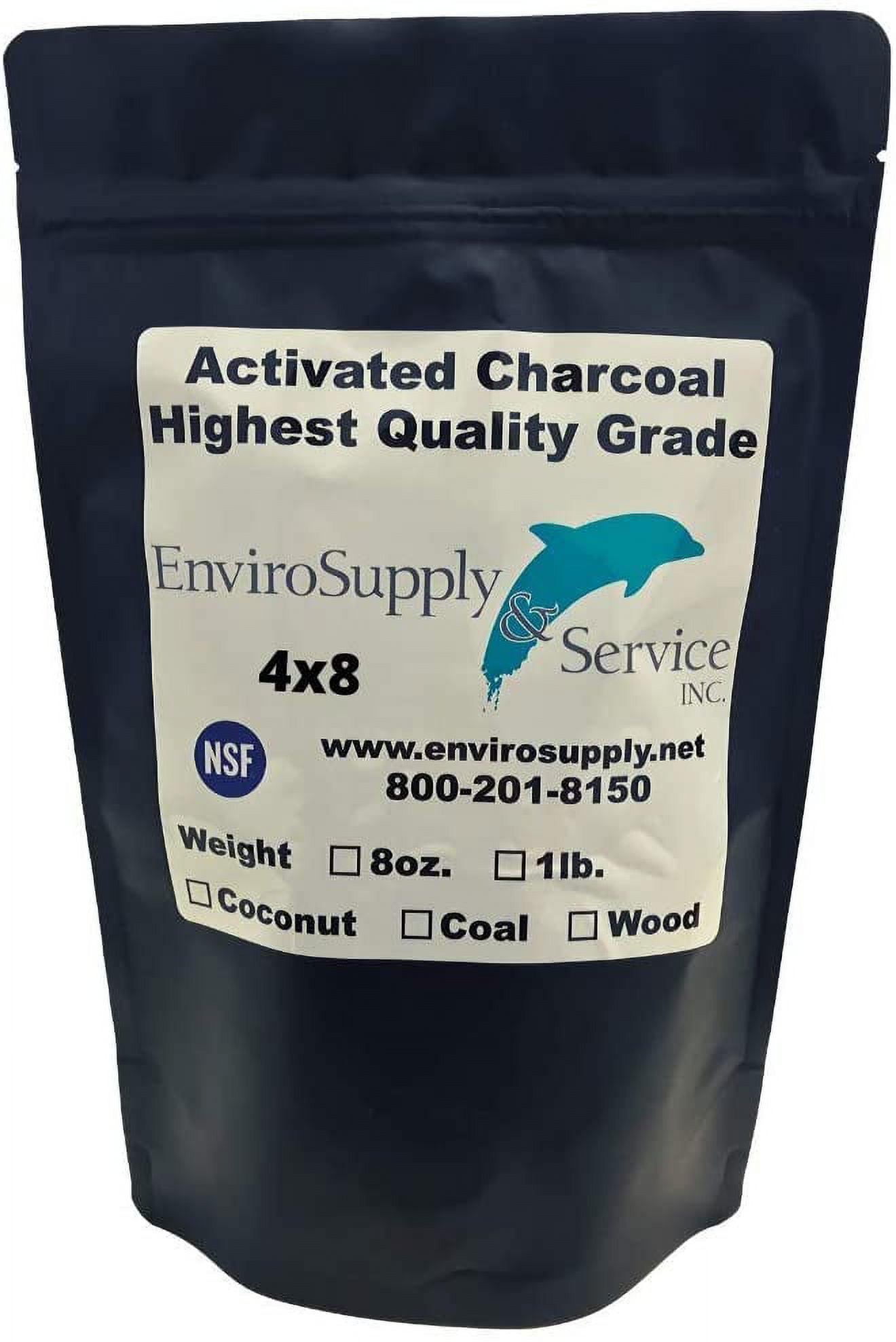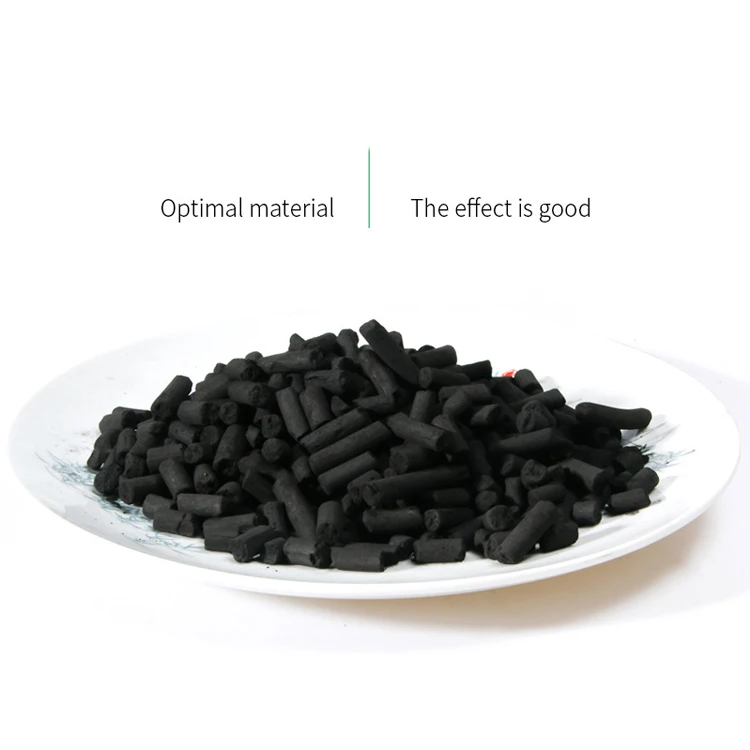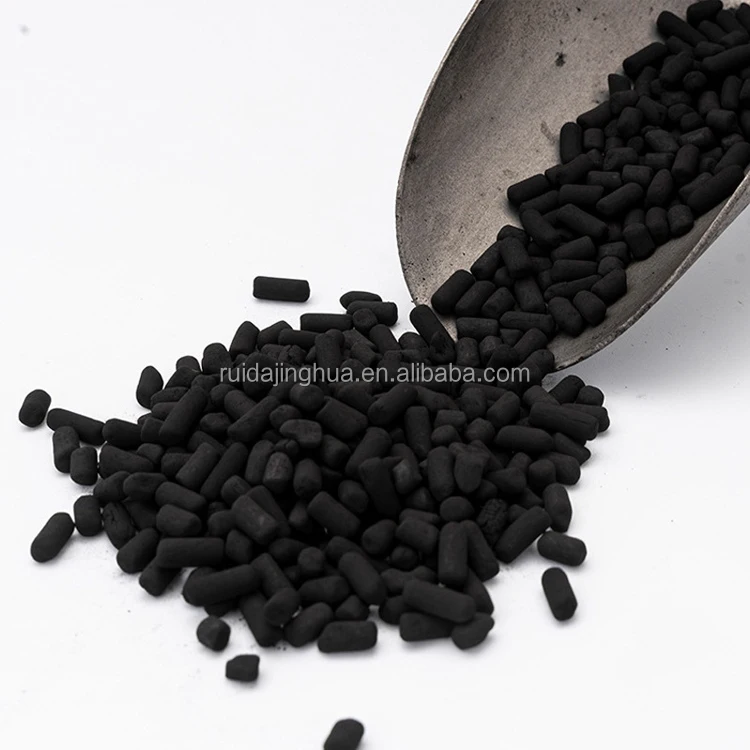Bulk Activated Carbon For Air Purification

Air quality concerns are escalating globally, driving unprecedented demand for cost-effective purification solutions. The surge in demand has exposed critical supply chain vulnerabilities for bulk activated carbon, a key component in air filtration systems.
This situation threatens industries reliant on clean air, from healthcare to manufacturing, and underscores the urgent need for diversified sourcing and innovative alternatives. This article provides a concise overview of the current crisis and its implications.
Global Demand Spike Strains Activated Carbon Supply
The increasing prevalence of wildfires, industrial pollution, and heightened awareness of indoor air quality are fueling a dramatic surge in demand for activated carbon. This critical material, known for its exceptional adsorption capabilities, is a cornerstone of air purification technologies worldwide.
Reports indicate a 30% increase in global demand over the past year, with projections showing continued growth. The Asia-Pacific region, particularly China and India, is experiencing the most acute demand due to rapid industrialization and urbanization.
Supply Chain Bottlenecks Exacerbate Shortages
While demand soars, the supply of activated carbon is struggling to keep pace. Key factors contributing to the shortage include limited production capacity, logistical bottlenecks, and geopolitical uncertainties impacting raw material sourcing, particularly coal and coconut shells.
Environmental regulations are also playing a role, with stricter controls on coal mining and processing in some regions. This has led to reduced output and increased production costs, further tightening the market.
Industries Grapple with Limited Access and Rising Prices
The shortage of bulk activated carbon is having a ripple effect across numerous industries. Healthcare facilities, relying on HEPA filters containing activated carbon to maintain sterile environments, are facing difficulties securing adequate supplies. Hospitals are reporting delays in filter replacements, potentially compromising patient safety.
Manufacturing plants, particularly those involved in electronics and pharmaceuticals, are also heavily reliant on clean air. Disruptions in activated carbon supply can lead to production slowdowns and increased costs.
Even the consumer market is feeling the pinch, with air purifier manufacturers struggling to meet demand and passing on increased costs to consumers. The price of air purifiers and replacement filters has risen sharply in recent months.
Impact on Public Health and Safety
The scarcity of activated carbon poses significant risks to public health. In regions with high levels of air pollution, individuals rely on air purifiers to mitigate the harmful effects of particulate matter and other pollutants.
Limited access to these devices can exacerbate respiratory problems and increase the risk of cardiovascular disease. Furthermore, the shortage could compromise the effectiveness of ventilation systems in public spaces, such as schools and offices.
Seeking Solutions: Diversification and Innovation
Faced with this crisis, industries and governments are exploring various strategies to mitigate the impact of the activated carbon shortage. Diversifying sourcing is a key priority, with companies seeking alternative suppliers in different regions.
Investment in research and development is also crucial, with a focus on developing alternative materials and improving the efficiency of existing activated carbon production processes. Some companies are exploring the use of bio-based activated carbon derived from sustainable sources such as agricultural waste.
Ongoing Developments and Future Outlook
Several initiatives are underway to address the supply chain vulnerabilities and increase the availability of activated carbon. The U.S. Environmental Protection Agency (EPA) is working with industry stakeholders to assess the situation and identify potential solutions.
Several companies are investing in expanding their production capacity, but these projects are unlikely to come online for several months. In the short term, conservation efforts and strategic allocation of existing supplies are essential.
The situation remains fluid, and ongoing monitoring of the market is crucial to anticipate and respond to further developments. The long-term solution lies in a combination of diversified sourcing, technological innovation, and sustainable production practices.


















